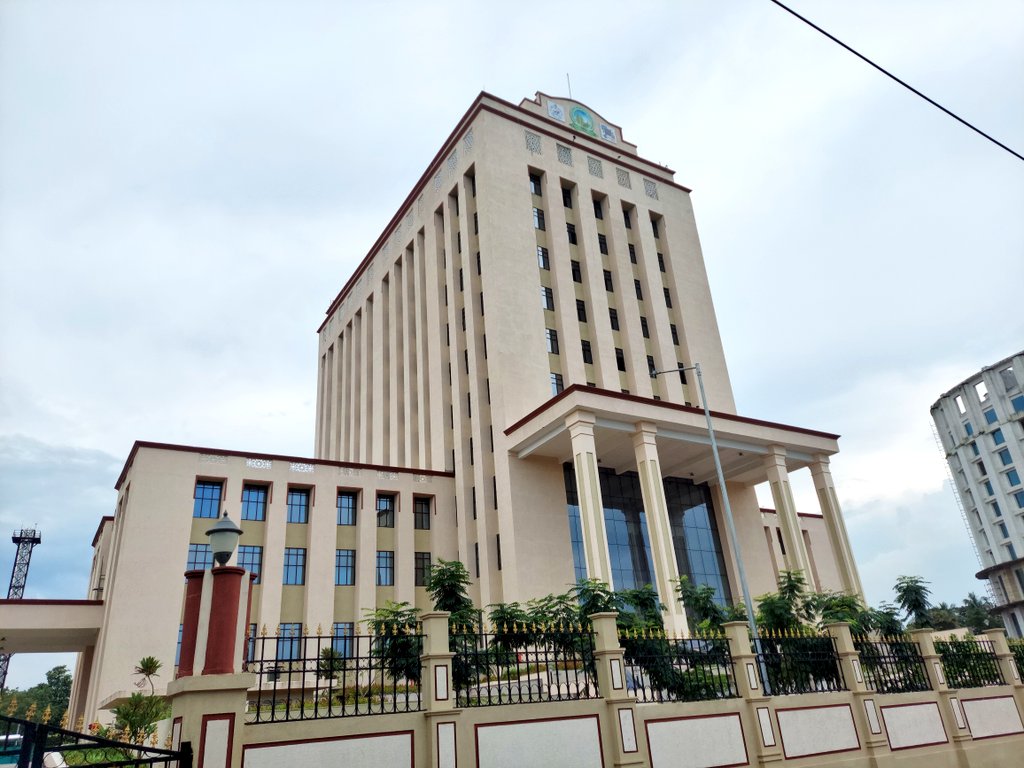Bhubaneswar: Bhubaneswar Municipal Corporation (BMC) and the International Forum for Environment, Sustainability and Technology (iFOREST) Tuesday launched the Integrated Heat and Cooling Action Plan (IHCAP) report for Bhubaneswar, an initiative to address rising heat stress and the growing demand for cooling.
Developed by iFOREST in collaboration with Singapore-ETH Centre (SEC), IHCAP aims to tackle the growing challenge of increasing temperatures and humidity, the Urban Heat Island (UHI) effect, and rapidly rising demand for cooling, an official said.
Releasing the report, BMC Mayor Sulochana Das said, “Bhubaneswar has always embraced forward-looking urban solutions. IHCAP reflects our vision of a climate-smart city that protects vulnerable citizens, ensures that every household, workplace, and public space in the city is prepared for the realities of a warming world, and promotes sustainable growth.”
“Heat stress is now among the gravest challenges for India’s cities. With IHCAP, Bhubaneswar is demonstrating how cities can break the vicious cycle of rising temperatures, growing cooling demand, and increasing energy consumption and emissions,” Chandra Bhushan, CEO of iFOREST, said.
The action plan should become a blueprint for other cities, bridging the gap between mitigation and adaptation, and aligning local action with state and national climate strategies, he stressed.
According to the report, heat stress in Bhubaneswar now extends until October. If IMD’s experimental “Feels Like” temperature threshold is applied, more than 230 days in 2024 would have been declared as ‘Orange or Yellow’ alert days.
Between 2018 and 2024, built-up areas in the capital city have increased by 23 per cent, while vegetation declined by 10 per cent and water bodies by a drastic 75 per cent. The temperature difference between Bhubaneswar and surrounding rural areas currently ranges between 2–5 degrees Celsius, the report said.
The household ownership of air conditioners rose from 6 per cent to 15 per cent (a 73 per cent annual growth rate) between 2021 and 2023. ACs now account for one-third of the city’s electricity consumption and nearly two-thirds during summer, it said.
The report recommended expansion of urban greening in all wards to meet World health Organisation’s benchmark of 9 square-metre per person, restoration of all water bodies, promotion of green roads, traffic decongestion plans and implementation of Odisha Energy Conservation Building Codes for all commercial and institutional buildings over 500 square-metre.
“If effectively implemented, the IHCAP could reduce surface temperatures by 0.5–9.4 degree Celsius, depending on the intervention, and cut the city’s energy consumption for cooling by 44–67 per cent,” the report claimed.
PTI
